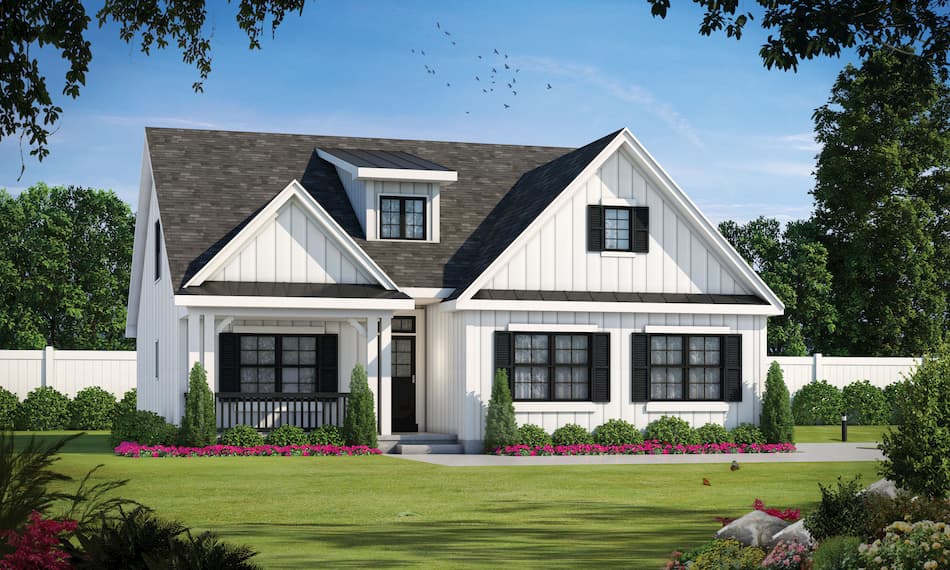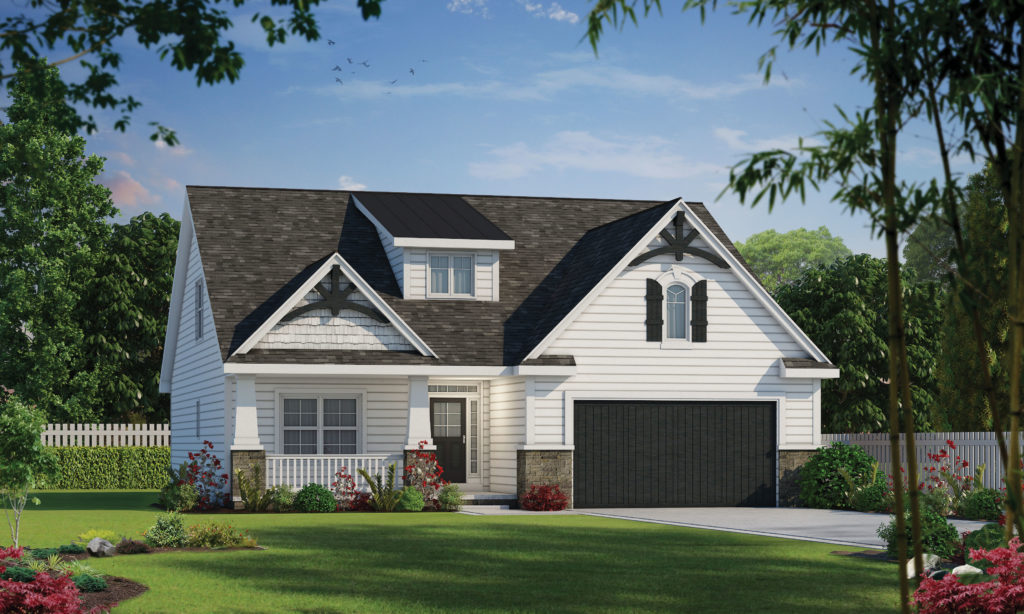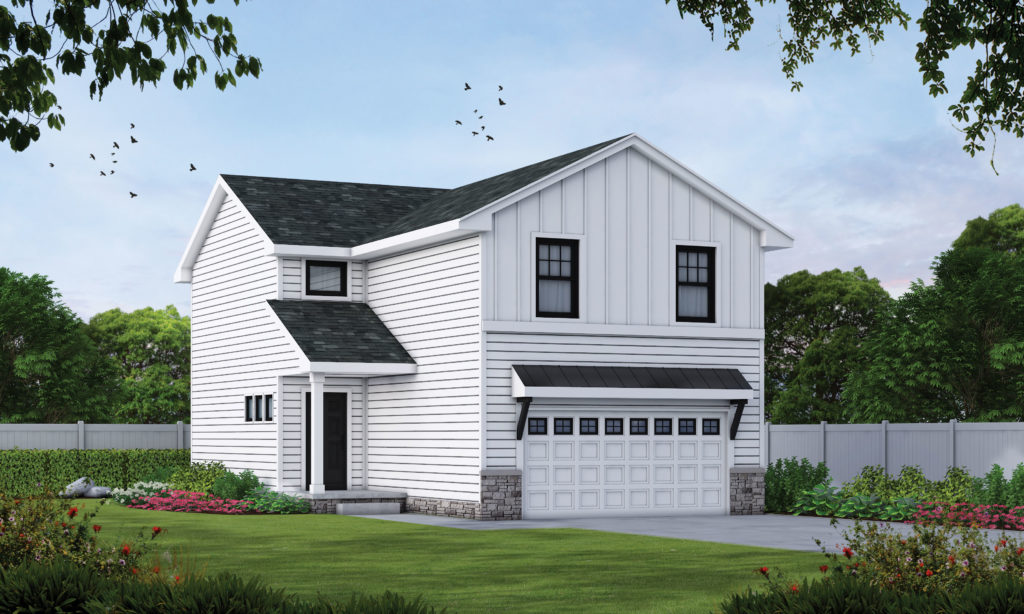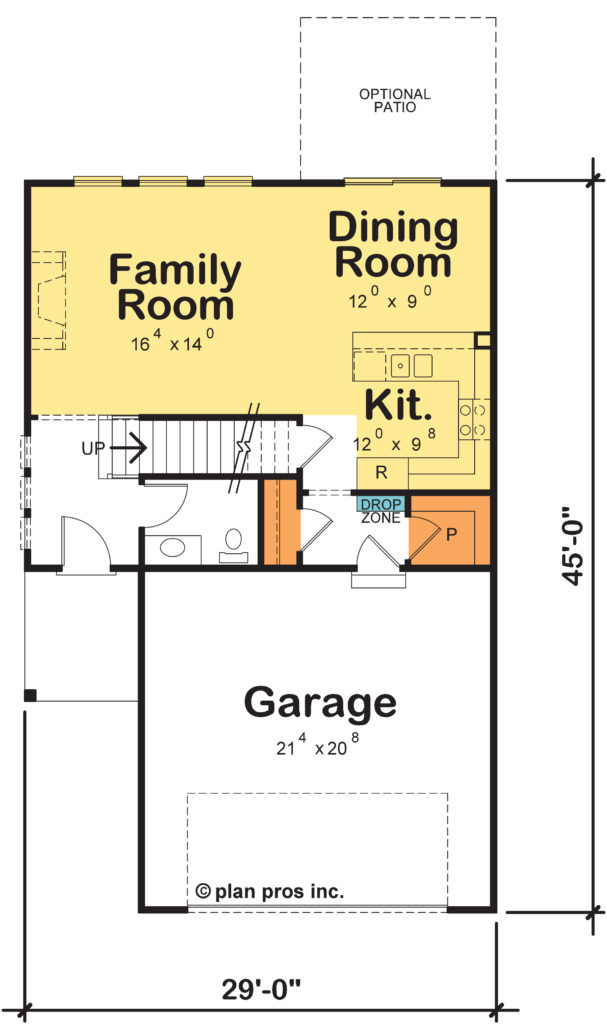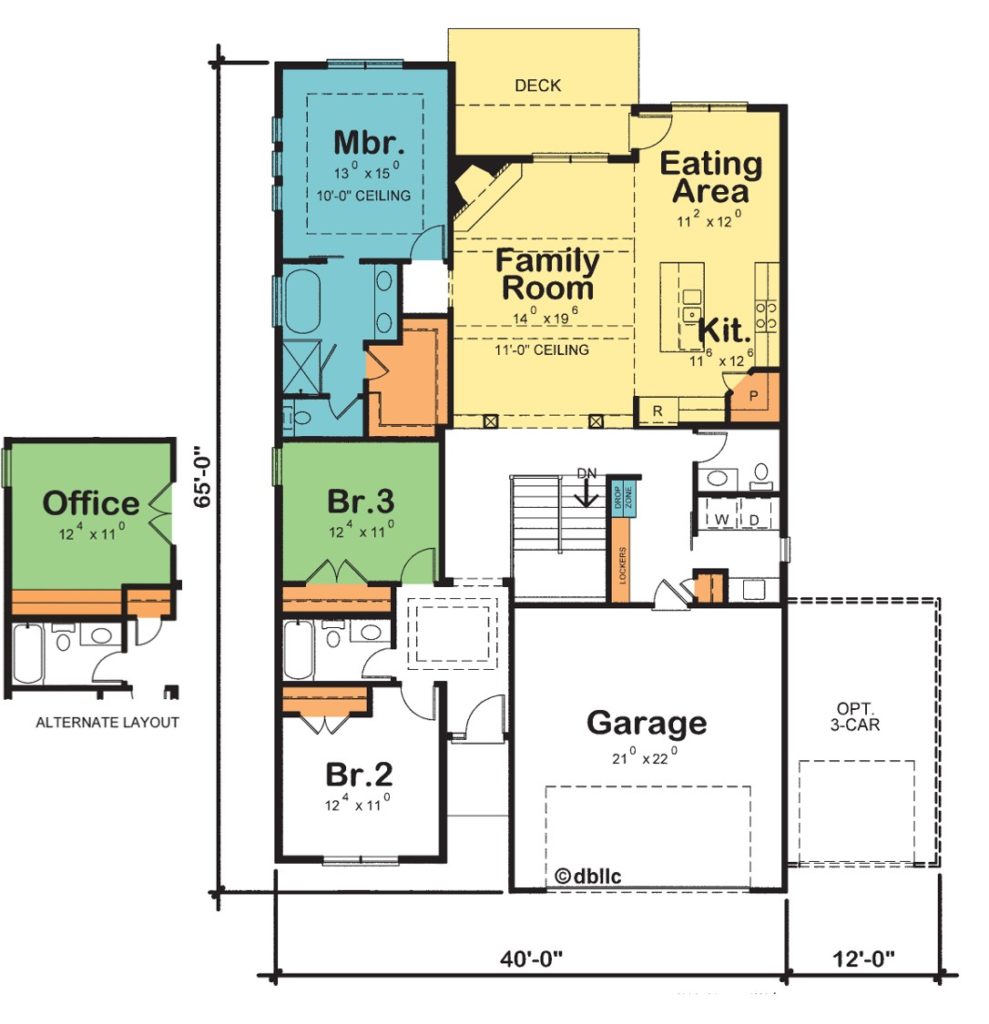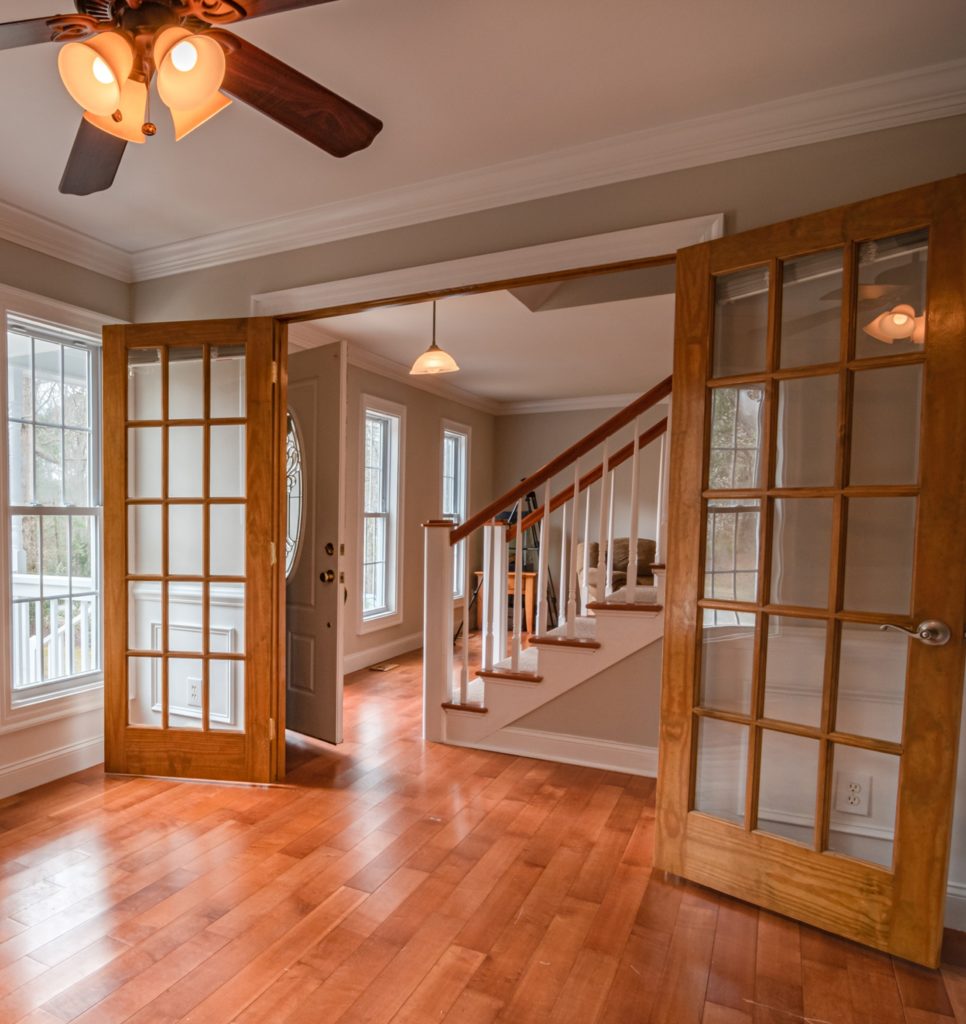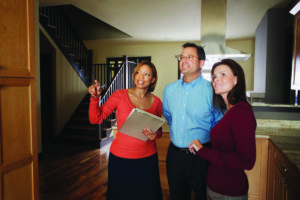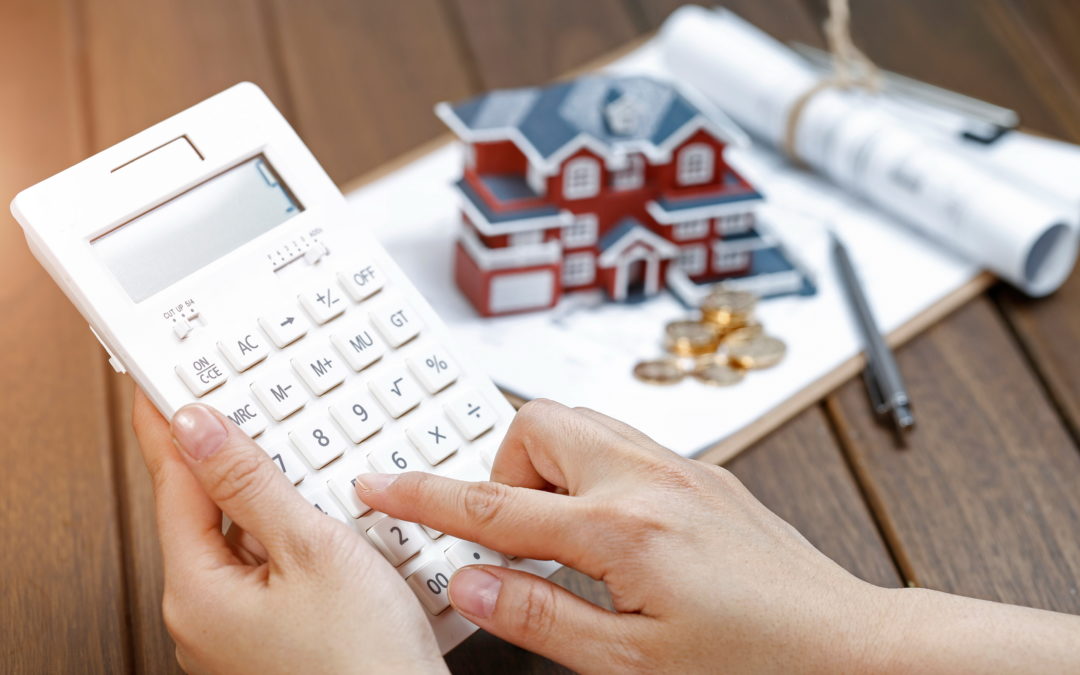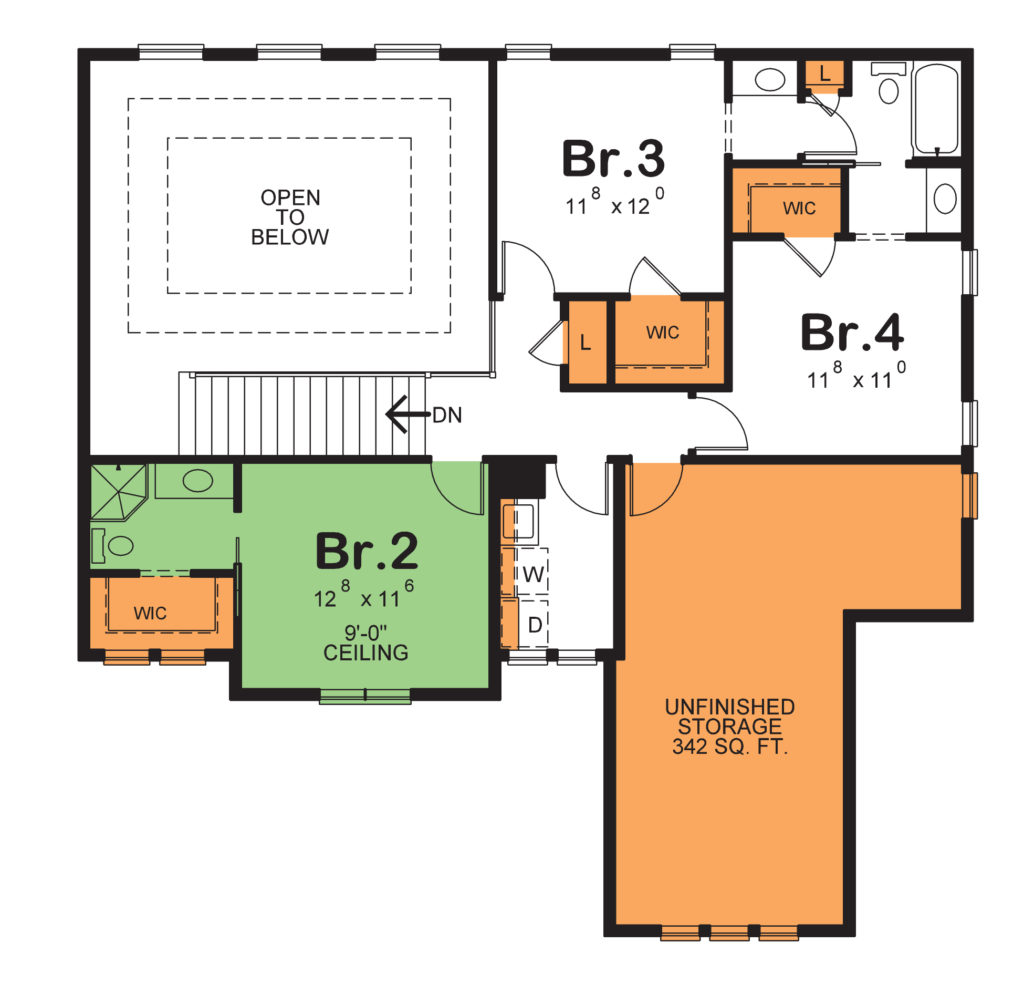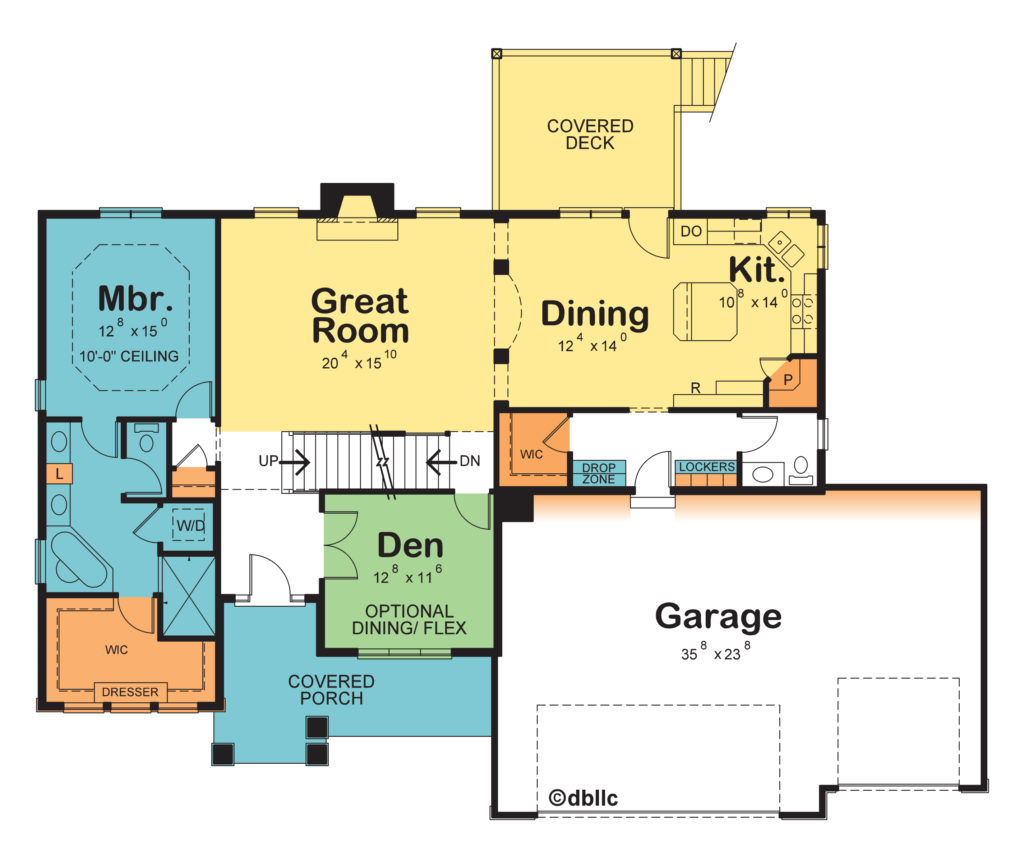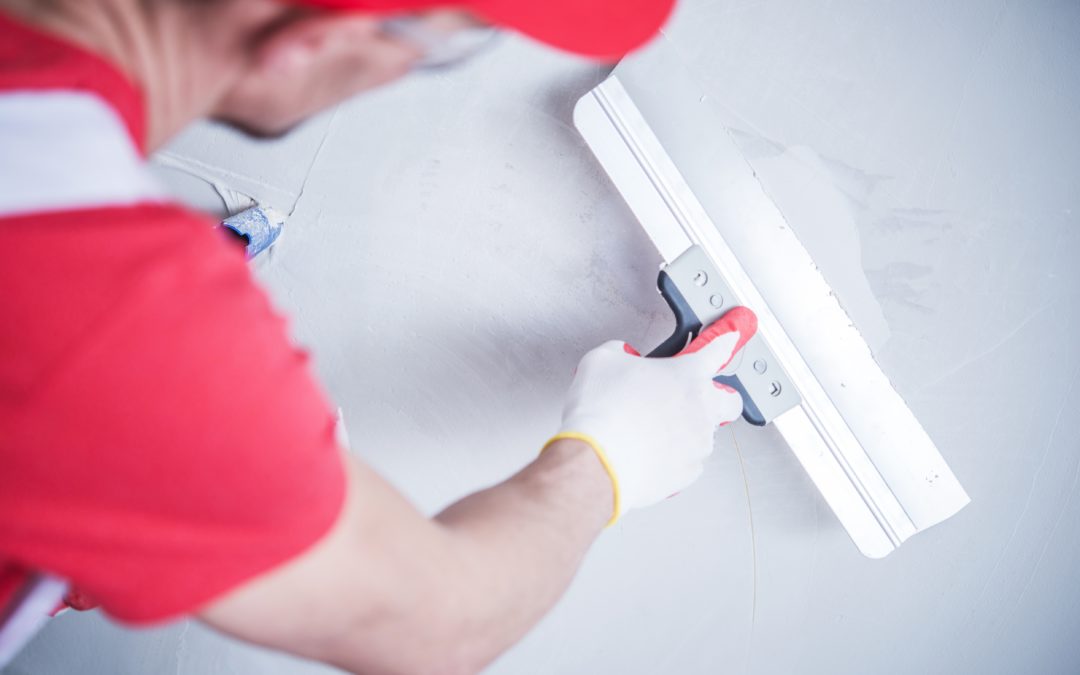
Intangibles and Hidden Costs
Home plans in hand, you may think your next step is to get three bids. That makes sense, because you want to get a feel for how much you’ll be investing in your new home. But why three bids? Are you automatically going to take the low bid? And how did the low bidder arrive at their price?
The same holds true for your builder. They could take the plans and have three different framing crews, drywallers, and painting companies price out the job. Do you want them taking the lowest bid, or do you want a builder who has long-standing relationships with sub-contractors whose quality is unmistakable? Straight, plumb walls may not be obvious – until it comes time to hang the kitchen cabinets. Some tradespeople’s work will be unseen. Focused on speed and moving on to the next low-margin job, a budget-priced HVAC company may not seal all of the home’s ductwork optimally, resulting in expensive and wasteful conditioned air leakage for the home buyer. Rats! There must be something, maybe an electrical outlet faceplate, under the carpet and pad that was just installed. But it’s not that noticeable when you walk on it…
Your builder’s reputation, professionalism, and experience have value!
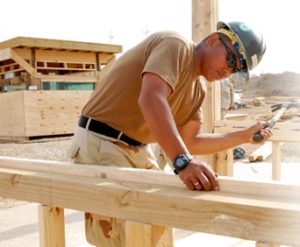 Would you trust your open-heart surgery to a “resident” doctor? Considering how much you will be investing, you deserve a quality home, which means hiring an experienced, quality builder. Are they members of the National Association of Home Builders (NAHB), and committed to the NAHB’s professionalism, ongoing education, and high ethical standards?
Would you trust your open-heart surgery to a “resident” doctor? Considering how much you will be investing, you deserve a quality home, which means hiring an experienced, quality builder. Are they members of the National Association of Home Builders (NAHB), and committed to the NAHB’s professionalism, ongoing education, and high ethical standards?
One area you can affect price is making timely decisions. Waiting until the last minute to pick out the stone for your front elevation can result in costly expedited shipping or perhaps having to select a more expensive product that’s in-stock. Changing your mind can also be expensive. You fall in love with a brand-new pedestal sink for your powder bath. Now, you have the builder’s change order fee as well as the restocking fee from the plumbing supply house. Changes can mean delays and even costly rework that ultimately increases the cost per square foot of your home.
You get called out of town for two weeks and are unable to attend the scheduled walk thru. Construction progress halts until you return, incurring additional construction loan interest expense, another hit to your new home budget.
What’s the cost of your new home warranty? One builder has a full-time warranty service technician and they promise timely response. Another builder who’s hard to get a hold of during construction is even harder to reach after move-in. And when you finally do connect, you’re simply given the name of a subcontractor to call. It might be hard to calculate the cost, but there’s tremendous value in a reputable builder’s proven new home warranty.
Finally, you want your builder to make a fair profit. As just mentioned, the builder’s new home warranty is valuable, but may be worthless if your builder goes out of business. A builder who undercuts his price just to get the job has little incentive to do more than the minimum required to get paid and move on to the next project.
Next time: Building with Structural Insulated Panels
For more resources on thoughtful design and products:
- View other articles on our blog
- Browse our Her Home™ Magazine
- Thoughtful Design Concepts
Cover photo: https://www.brandunited.com/article/self-mailers-timely-direct-mail-strategy-stuck-at-home-world?fbclid=IwAR1AuxEV3tuskgp3ImLUFzMvACeXm2jLZ0MgbjfEOVuVpJzVMAZDBpf2ZJk

